Continuing the culture and beliefs of their ancestors from many centuries ago, when a king passed away for whatever reason, the Champa dynasty had the responsibility to carve a statue of the king to recognize the king's achievements for future generations.
The king's statues were placed in towers and later in temples, so Cham sculpture was closely associated with architecture, serving architectural works and religious activities. One of those beautiful and valuable stone sculptures is the statue of King Po Nrop (1651 - 1653) placed in the temple of Tuy Tinh 2 village, Phong Phu commune, Tuy Phong district.
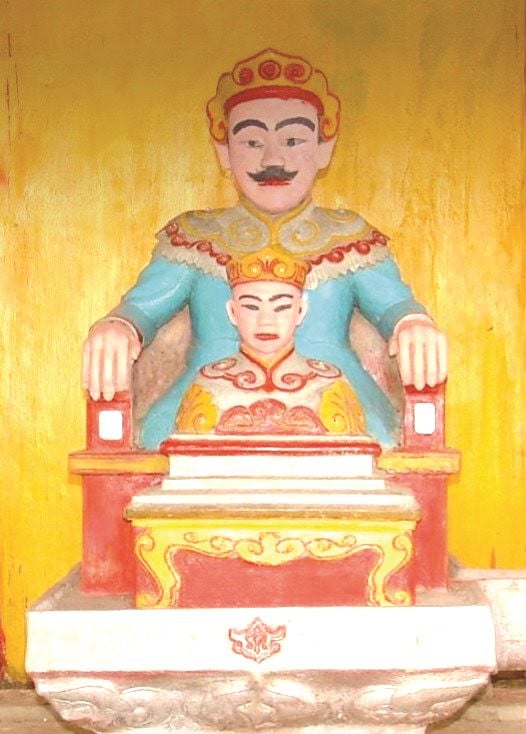
Temple of Cham King Po Norop
In the 80s of the last century, few people knew about this temple, because the road to get there was very difficult and the temple was also very difficult to access. I have been there three times, but only entered the temple once with an old black and white Hai Au camera manufactured in 1960 and also found little information, somewhat confusing because the legends among the Cham people in this area are very different, in books and understanding about this king is not much.
Combining field surveys and stories from local Cham elders and intellectuals with folk documents and handwritten books, it is said that the temple is located on top of a hill 10m higher than Tuy Tinh residential area, where his Cham descendants are living. Before 1945, the Cham people here lived in an old village called Bah Plom, about 1.5km from the current Cham village.
Po Nrop was the half-brother of King Po Rome (1627 - 1651) - When talking about Po Nrop, we must mention King Po Rome (Pô Rômê). Because he ruled the Champa kingdom for 27 consecutive years (1627 - 1651), Cham history through generations never forgot and praised him as a king with many achievements for the development of the nation in all fields such as: Economic development, politics, diplomacy and culture... With such great achievements, when he passed away, he was worshiped by the Cham community as a god.
After King Po Rome died, his younger brother Po Nrop ascended the throne. During his lifetime, he was a general under the reign of King Po Nit (1603-1613). He ruled the kingdom from 1652 to 1653. Po Nrop's short reign was a time of fierce and continuous war with Lord Nguyen Phuc Tan of Dai Viet.
Because he intended to take back the lands that Po Rome had previously lost to Lord Nguyen, first of all, the land of Phu Yen. So even though he had not yet recovered his strength due to King Po Rome's previous failures, after being the king of Champa for 1 year, in the year of Quy Ty (1653), Po Nrop quickly led his army across Dai Lanh to attack and harass Phu Yen. While in a strong position, Lord Nguyen Phuc Tan sent Hung Loc, a talented general, to lead his army to Phu Yen to quell the rebellion. The Champa army was defeated and had to retreat. General Hung Loc sent his army to chase them across the border through Ho Duong Pass (Thach Bi Mountain) and chased them all the way to the Champa capital.
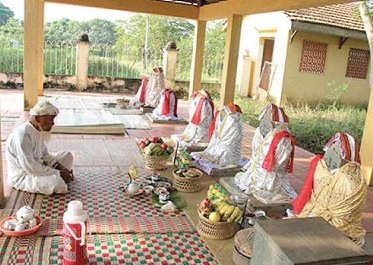
King Po Nrop with unique statue
Almost all ancient architectural relics of the Champa Kingdom in the Central region, such as My Son Sanctuary, tower complexes and museums displaying statues in Quang Nam, Binh Dinh, Khanh Hoa, Phu Yen, Ninh Thuan... are places where many types of sandstone, terracotta and bronze statues are discovered and displayed, which are materials carved into extremely sophisticated and vivid patterns, expressing the unique cultural features of ancient times dating from the 7th to the 17th century. Absolutely no statue has such a unique idea and style as the statue of King Po Nrop (1651 - 1653) in Panduranga (Ninh Thuan - Binh Thuan). Here, I would like to emphasize this unique and rare statue.
In contrast to the architecture and exterior of the temple, inside is a statue of Po Nrop and his son on a stone Yoni pedestal; behind is a shrine to his grandparents and parents; the right side is in the direction of the temple to worship Queen Kaphir and the left side is dedicated to those who “died badly” in the family.
The strange thing about the statue is that it has two figures on the same pedestal: King Po Nrop, who is taller, and his son Cei Sit Kahoong on his stomach. All the details of the two statues are the same, except that the father king has a mustache.
When we were researching the scientific background of the temple and the statue, in small seminars, the village elders and dignitaries said: At that time, King Po Nrop had the ambition that his son would be the successor to the throne in the future, without any discussion later, so it had to be publicly shown on this strange pair of statues. The village elders and local Cham dignitaries added: In 1947, after destroying the temple, the French used chains for helicopters to lift the statues of him and the prince, but they could not lift them. Because the father and son refused to leave. They took away the statues of his mother and Queen Kaphia, carved in beautifully carved stone.
Referring to the documents of many researchers and visiting the places displaying Champa relics, I have never seen a pair of statues like the pair of statues of King Po Nrop and his son. King Po Nrop's ambition was to have Prince Cei Sit Kahoong succeed him but it was not successful. Because the successor was King Po Thot (1653-1659). However, that was the idea to have a unique and rare statue in the stone sculpture art of the ancient Cham people.
In a published research work (Inventaire descriptif des monuments cams de l'Annam), French archaeologist Henri. Parmentier described: “The statue is carved on a vertical stone slab decorated with decorative garlands on the cover, a four-leaf rosette. The stone slab has the shape of a common Kut, with a sharp edge at the back. A particularly attractive feature of this statue is that in front of it is a part of the body, another half of the body is smaller, but the head is identical; according to the Cham people, it is a symbolic representation of a son…”.
According to the documents of Cham culture researcher Kinh Duy Trinh: “Po Nrop ascended the throne in the year of Nham Thin until the year of Quy Ty (1652 - 1653) and reigned for 2 years in the capital city of Pangduranga. In the temple, there is a statue of Po Nrop sitting on a high pedestal, in front of him is a statue of his son named Cei Sit Kahoong. In the temple, in front of the door, there is also a set of Linga and Yoni worshiping the god Ginor Patri. According to ancient documents, Po Nrop was born in the year of the Ox, and was the younger brother of Po Rome”.
Visiting the temple and the statue at any time, people will admire the talent of the Champa artists, who have excellently demonstrated their level of thinking on the beautiful sculpture with the motifs reaching the peak of plastic art to offer to their respected king. Many researchers commented: The statue of King Po Nrop and his son is as big and beautiful as the statues of the prosperous period of the Champa kingdom.
Source









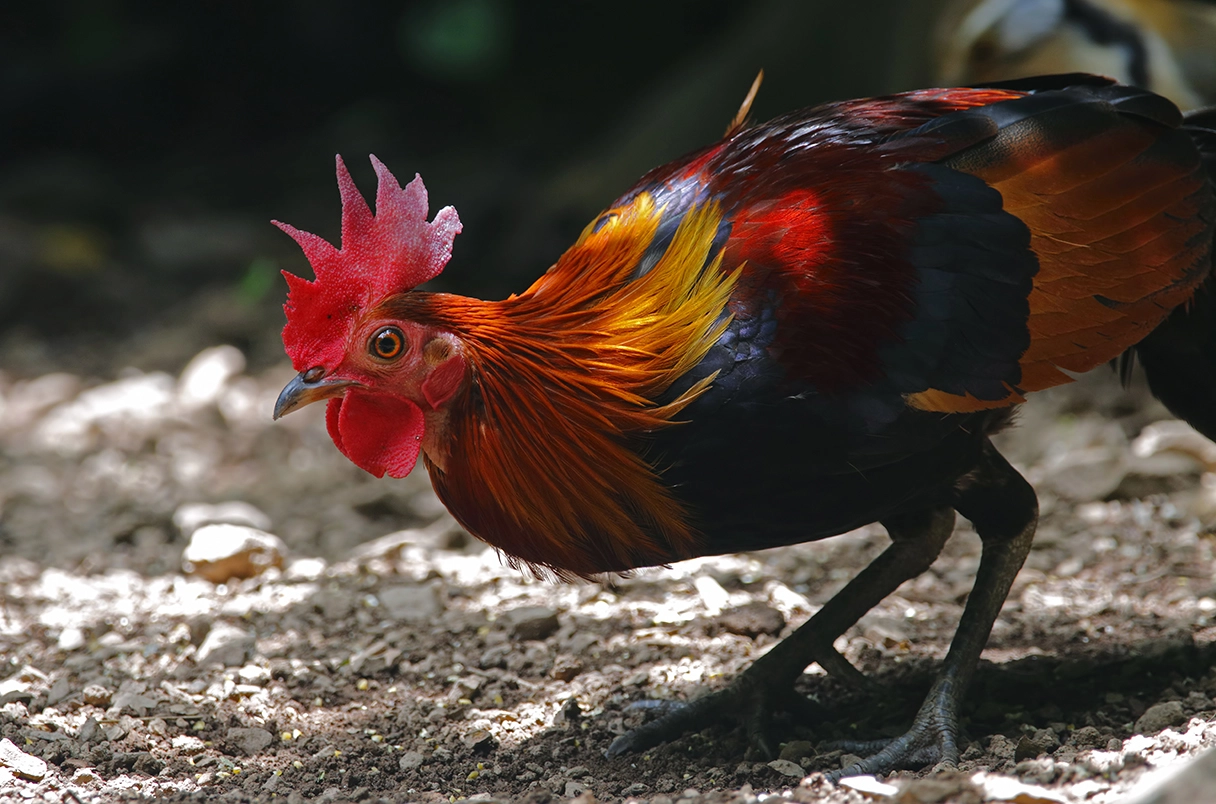

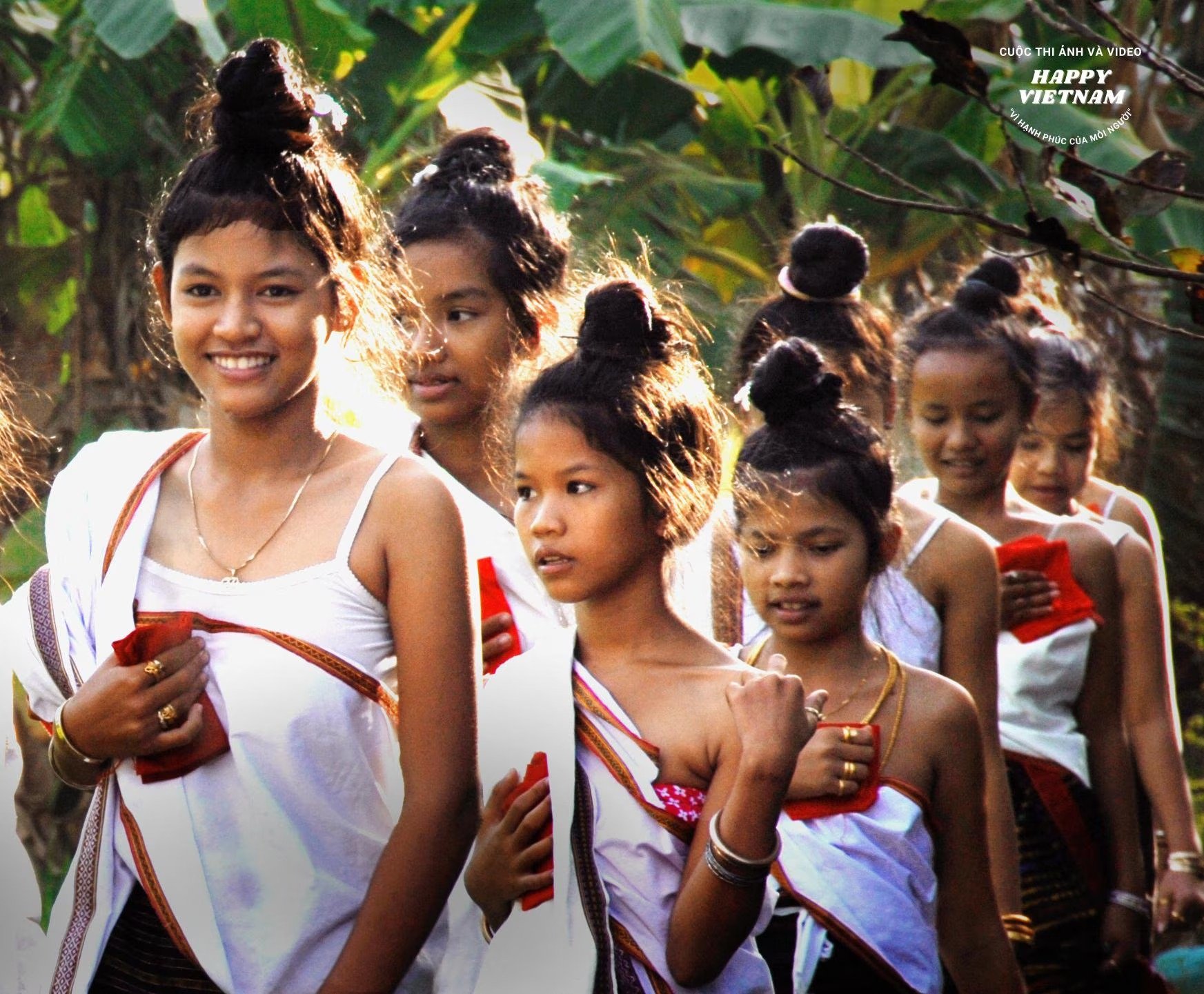

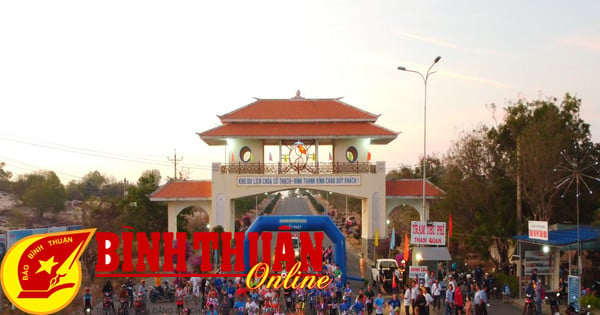












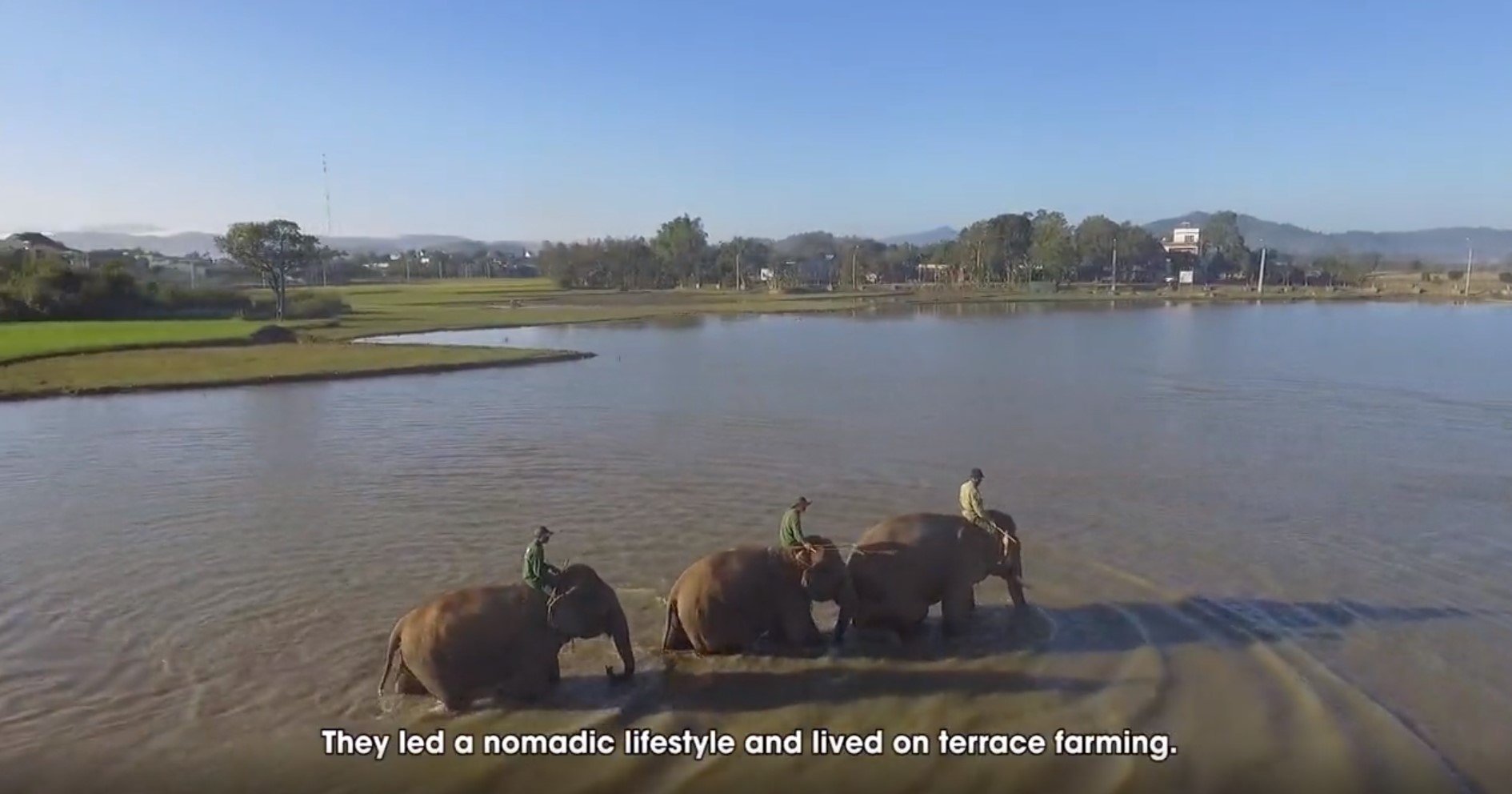
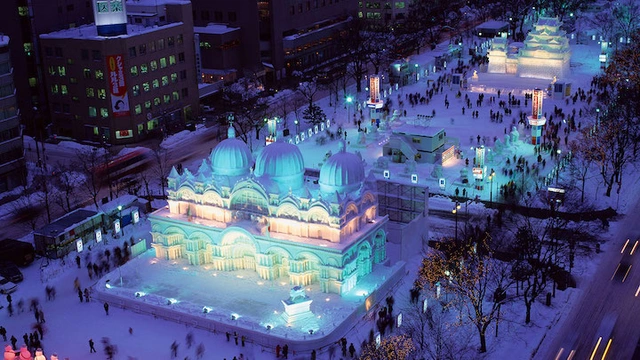







![[Photo] Prime Minister Pham Minh Chinh chairs Government Conference with localities on economic growth](https://vstatic.vietnam.vn/vietnam/resource/IMAGE/2025/2/21/f34583484f2643a2a2b72168a0d64baa)








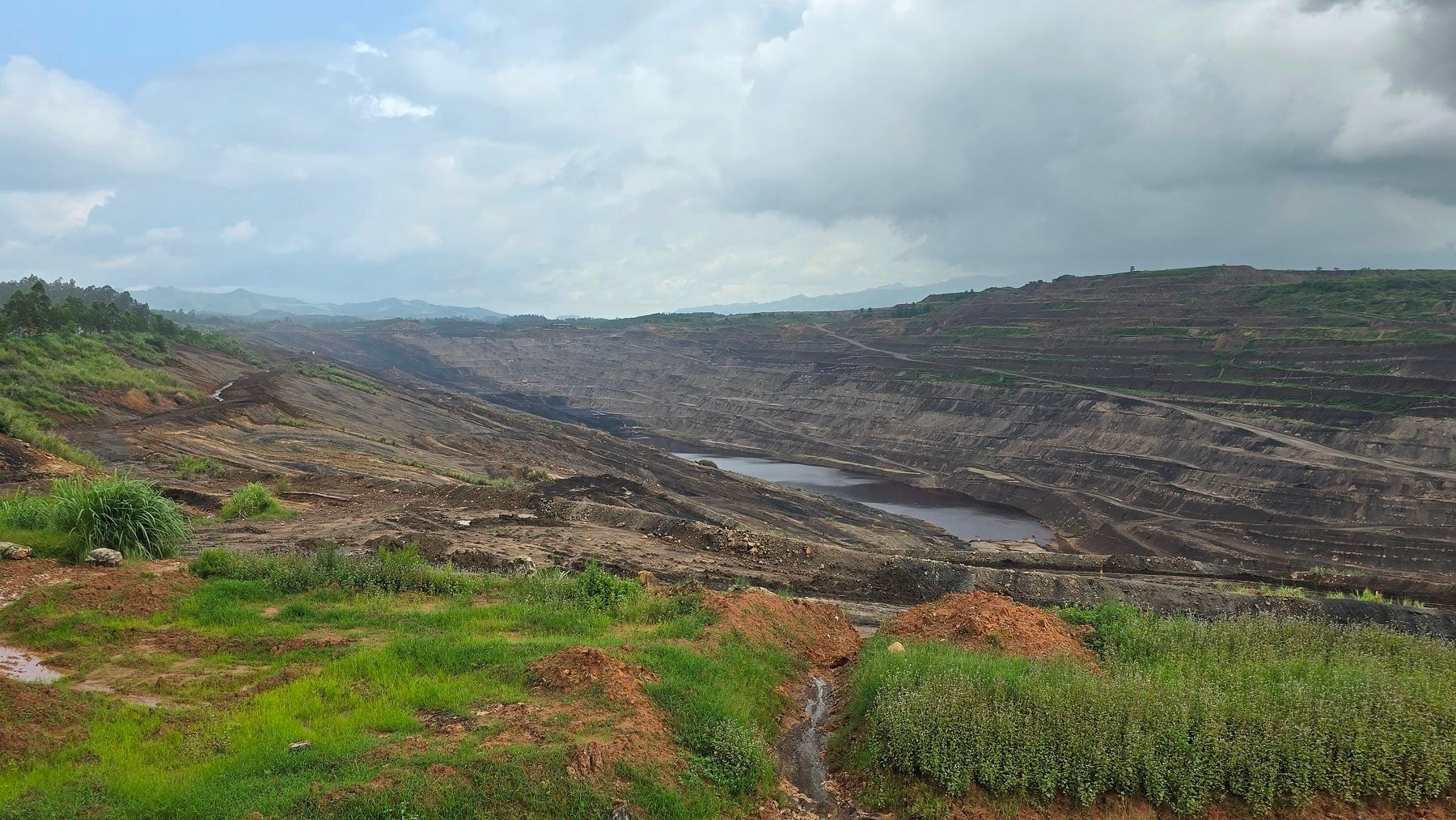




















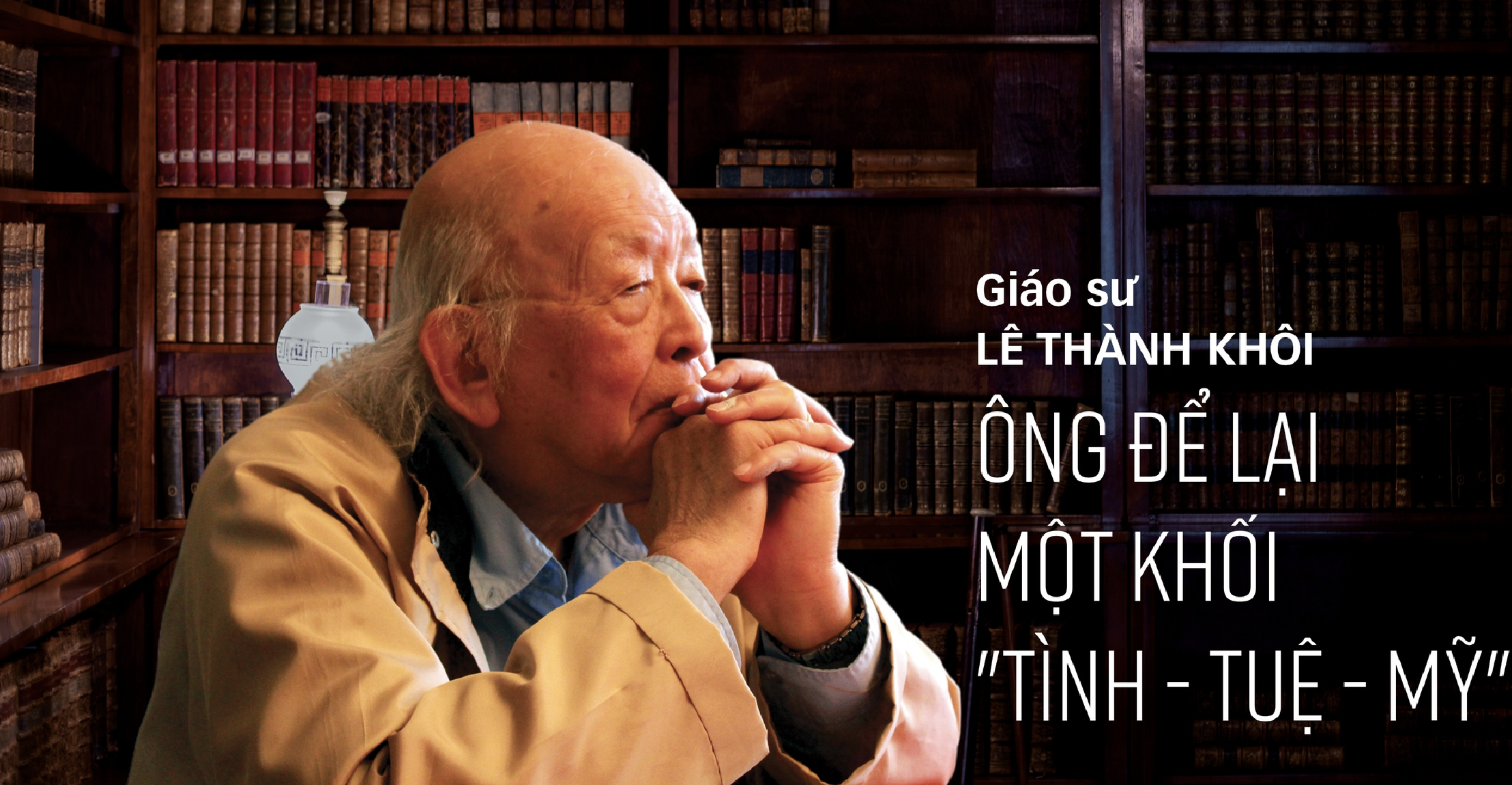

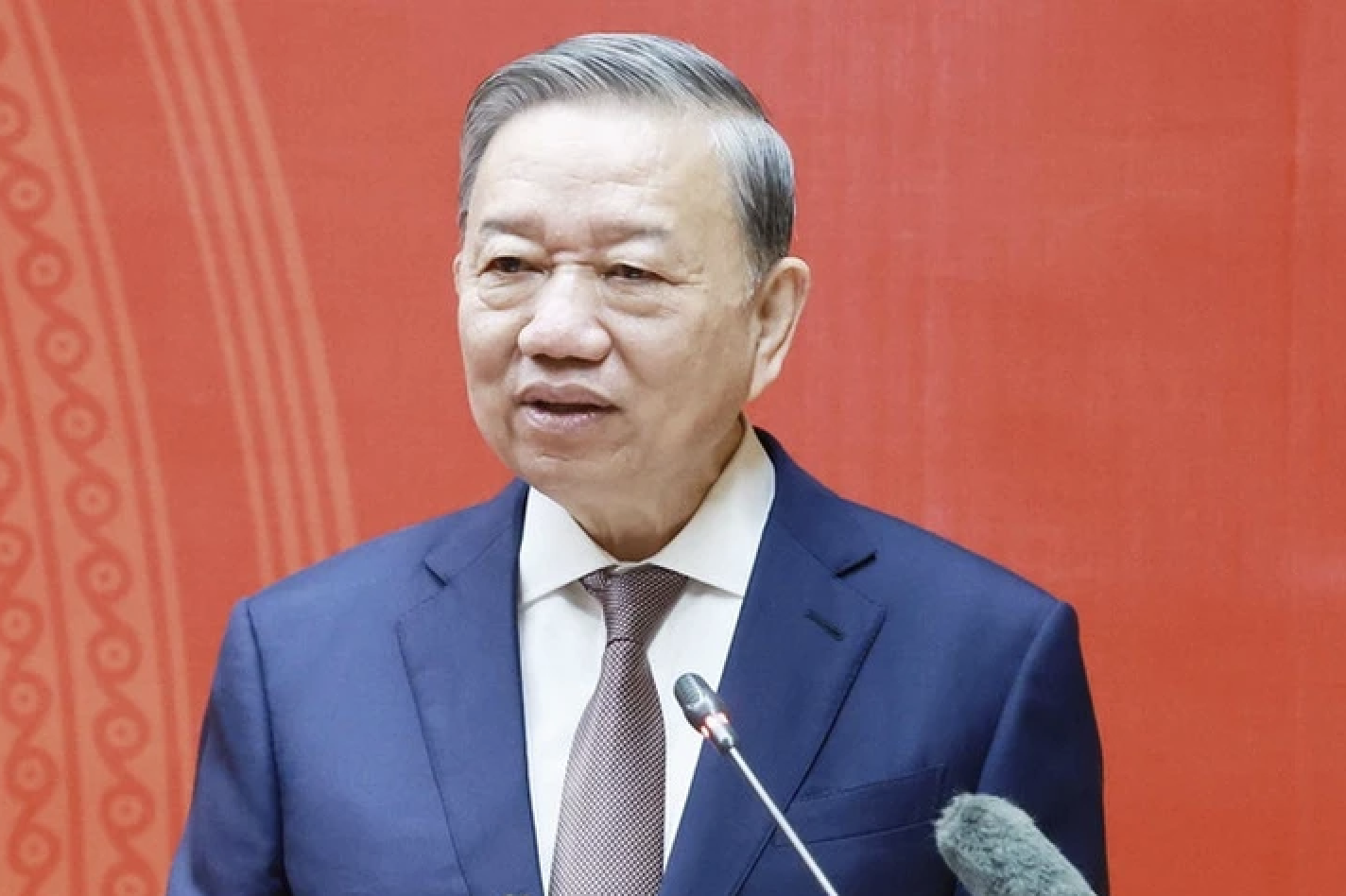
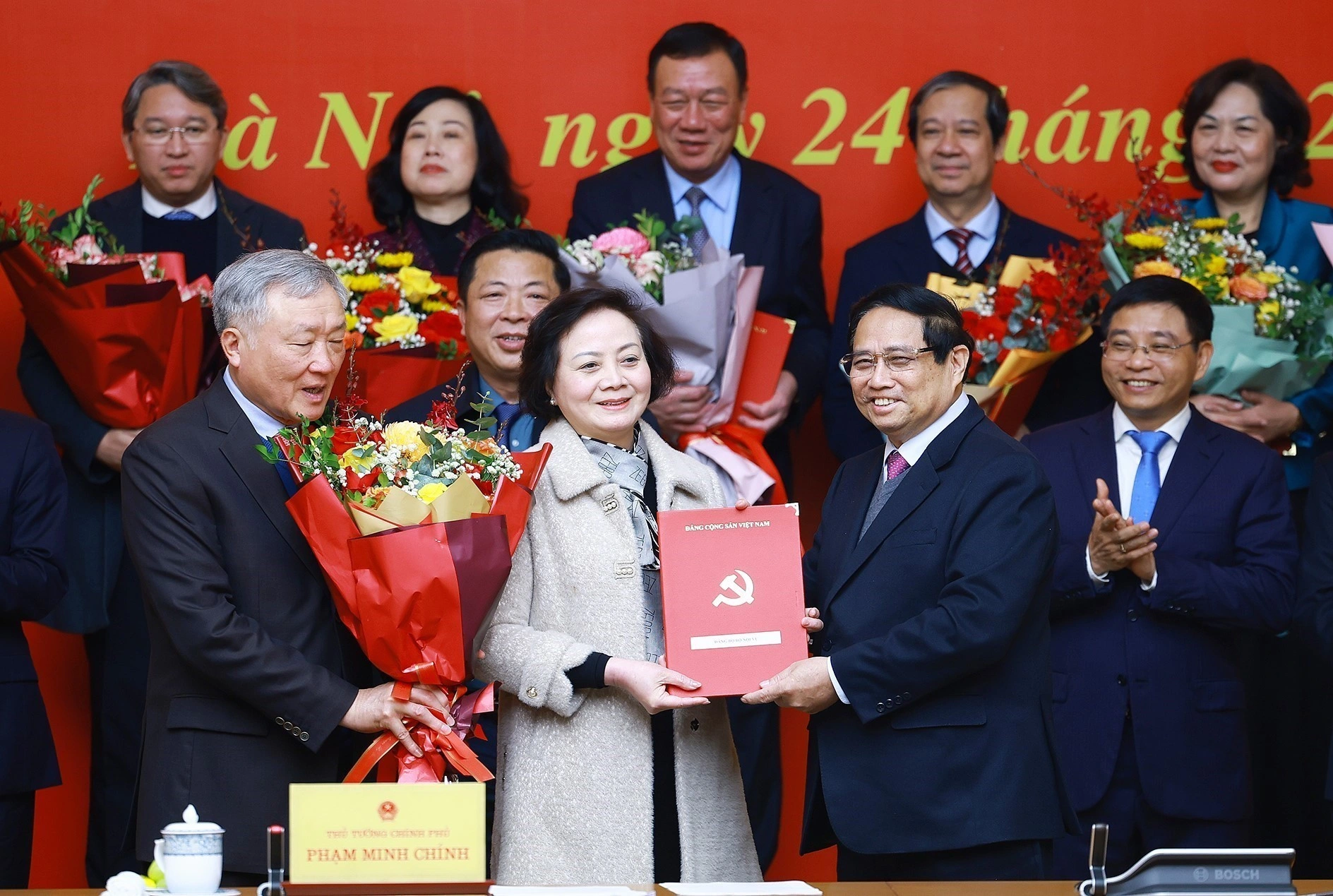
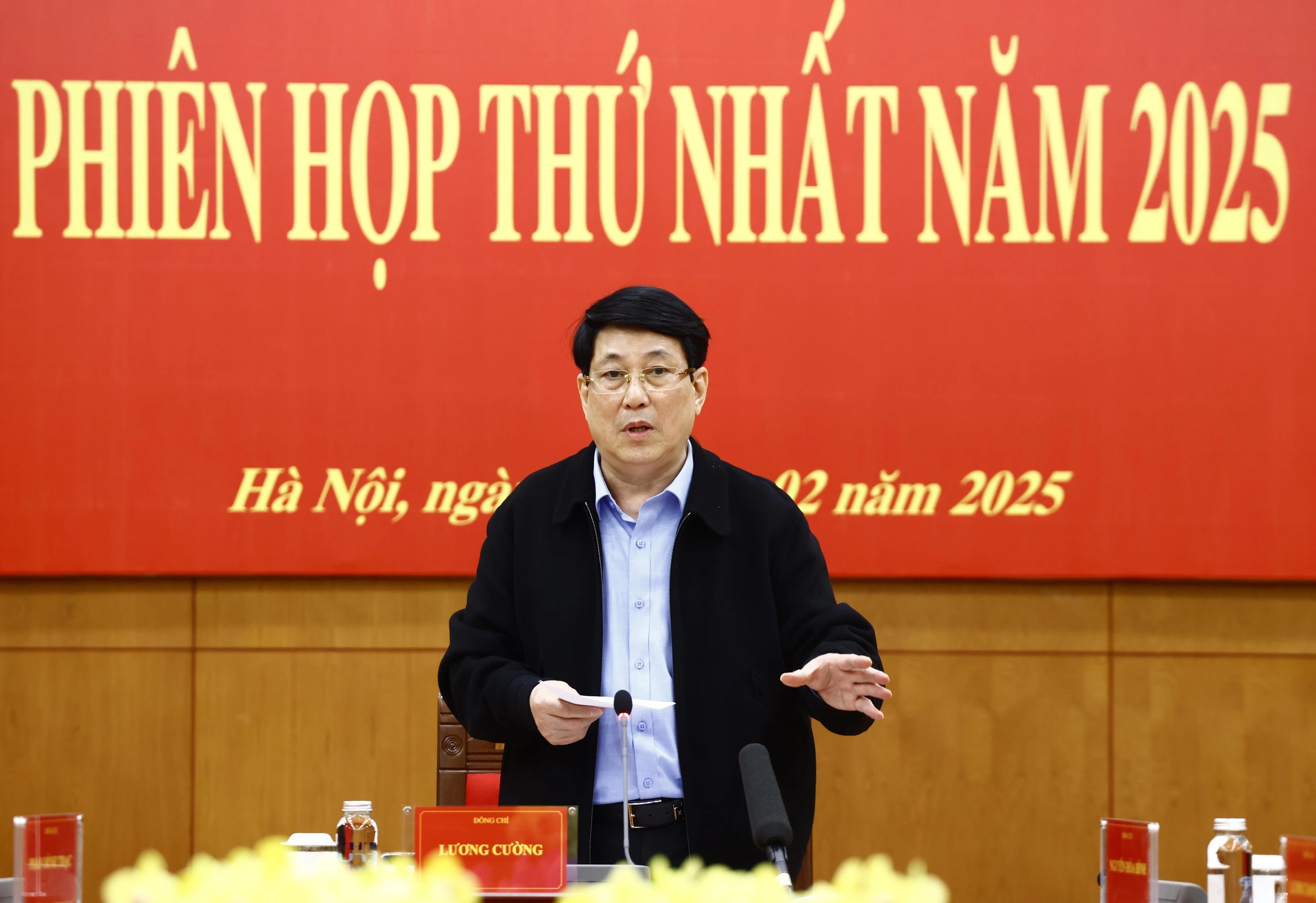

















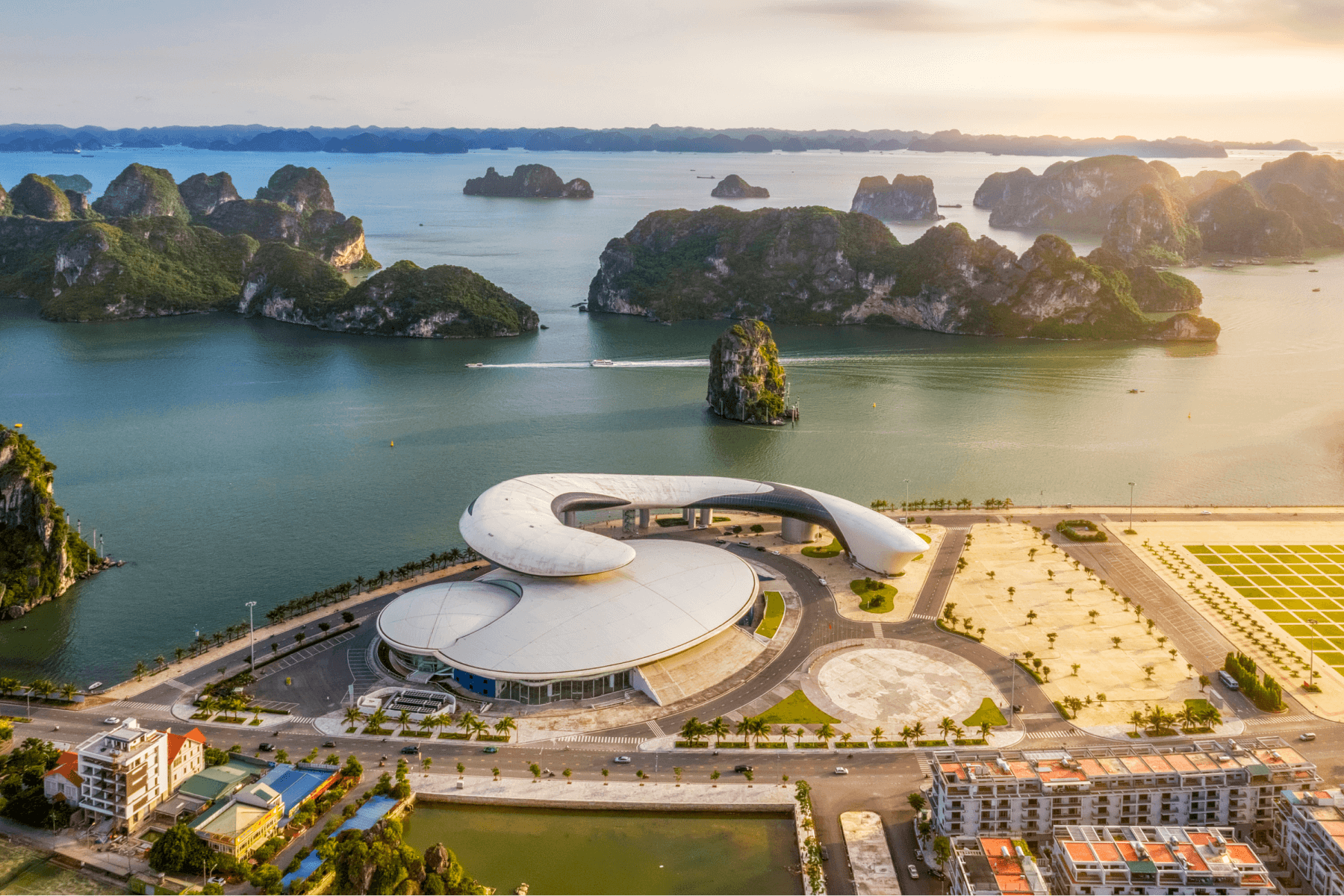
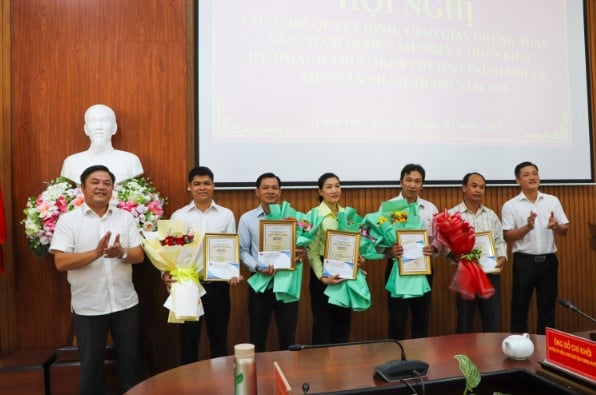
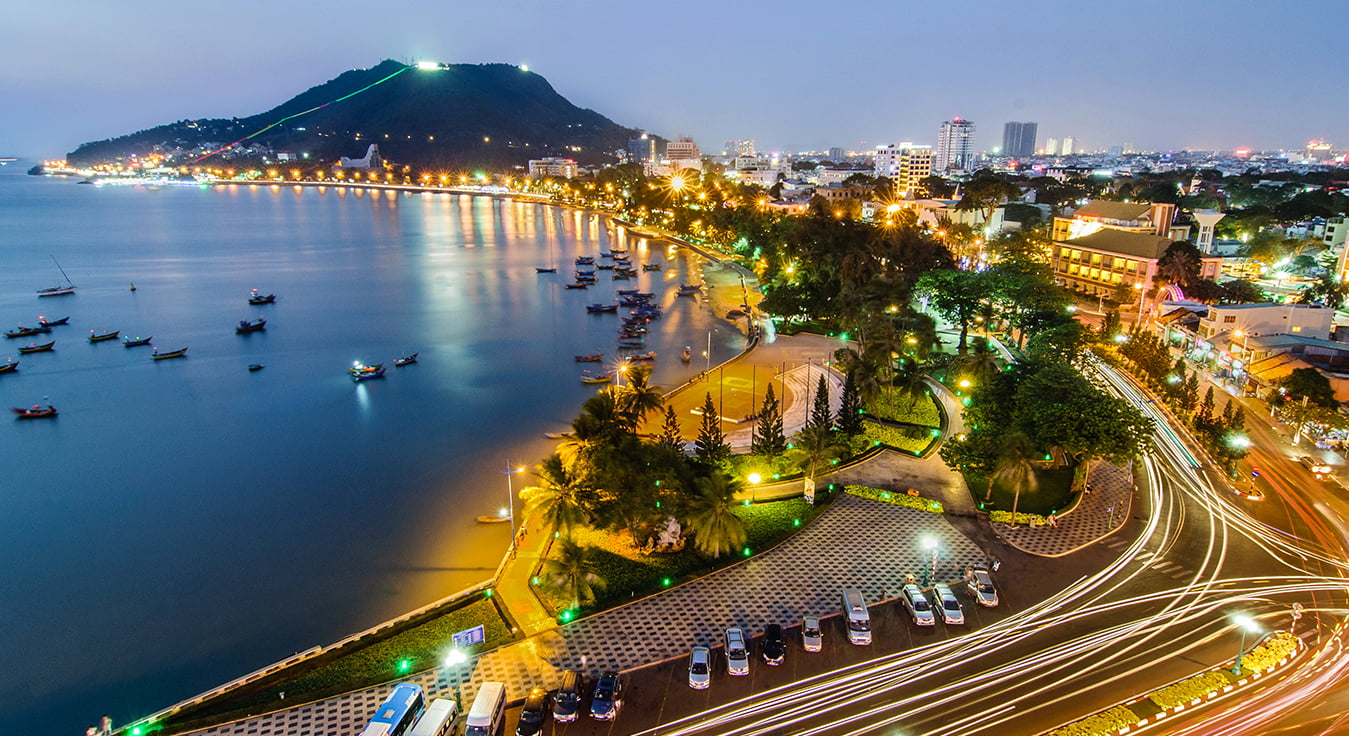
Comment (0)